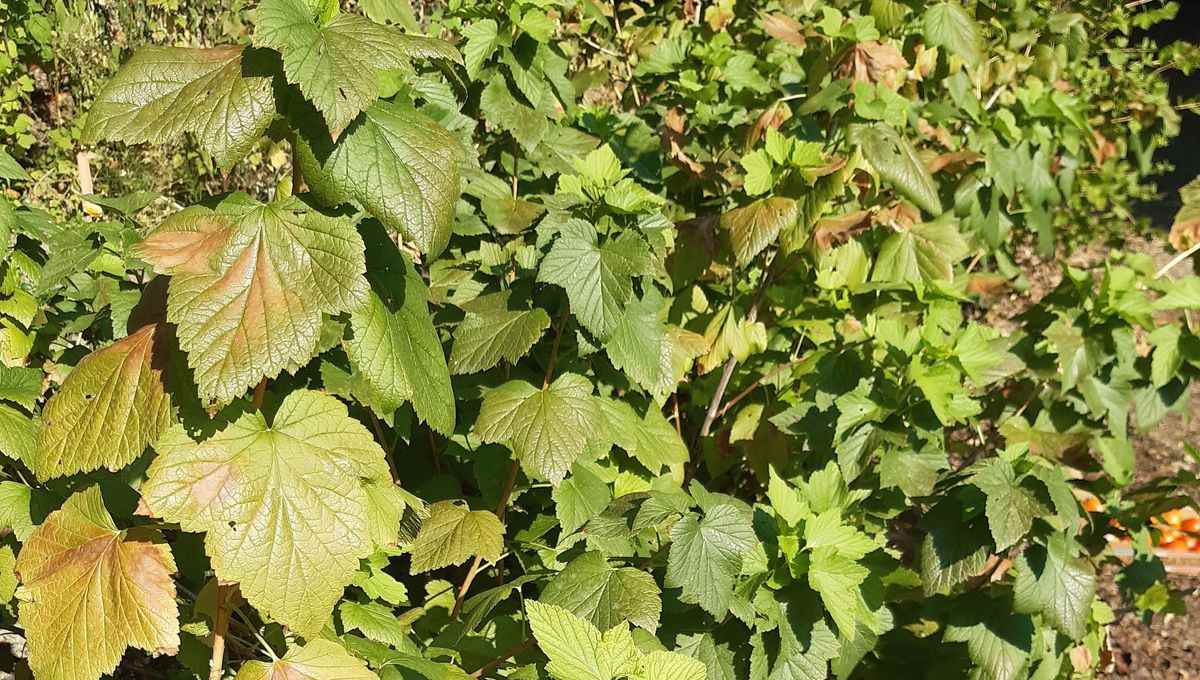How does a plant adapt to a hot and dry episode?
Plants have ways of defending themselves against the heat by repatriating water from their leaves to the branches and trunks.
There are then several stages of response to water and heat stress.
1. The leaves close their stomata from a critical temperature, especially if the air humidity is low.
The leaves wilt but can become turgid again as soon as the bad conditions have passed, but this should not be repeated too often.
2. The leaves dry starting with the oldest. Then the fruits fall. Until then, the phenomenon is reversible.
3. When the water reserve of the soil is dried up, the twigs dry out. This is manifested by the appearance of wrinkles. When a branch is wrinkled it is lost.
4. When poor conditions persist, the plant or tree dies. It is a phenomenon without return.
– Jacques Ginet
A few dry leaves therefore do not mean that the plant is dead, but that it is in a state of significant stress.
But for some trees, the heat is more dangerous than the relative dryness. For beeches for example, a phenomenon occurs which is called “descent of arrow or descent of cime”.
What is this phenomenon?
The sap can no longer irrigate the highest part of the trees, despite the presence of water reserves in the soil. With the heat, the wood of these trees, which is often protected by very thin bark, rises in temperature and the sap vaporizes, creating a sort of embolism.
Other Heat Effects
The heat alone can literally scorch leaves or mark fruit.
This damage is of course irreversible.

– Jacques Ginet
How to fight against these hazards.
The first answer would be to say by making enough water available to them, but this is not always enough and sometimes very complicated.
It is upstream that it is played
· By choosing plants adapted to the living conditions that will be imposed on them.
· By carefully preparing the planting of trees and shrubs.
– With a sufficient volume of soil that can be colonized by the roots (planting hole). A tree needs 9 to 22 cubic meters of soil for its roots. In town there is sometimes only 2 m3 provided.
– By providing enough organic matter in the planting hole to increase the buffering capacity of the soil, and therefore the easily usable water reserve (RFU).
· By limiting impermeable and dark-coloured surfaces as much as possible.
Periods of heat waves and drought in our country are becoming more frequent and it seems that the process could get even worse in the coming years.
We must therefore immediately adopt new planting standards and measures to save our tree plant capital.
Ask all your questions during the gardening program on Sunday morning on France bleu Isère from 9 a.m. to 10 a.m. by calling 04 76 46 45 45.
